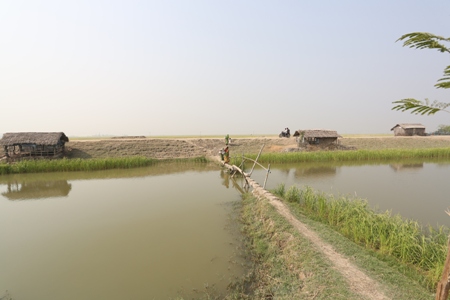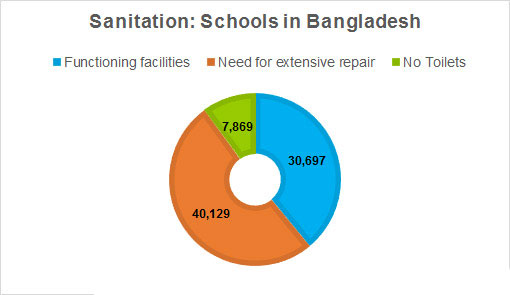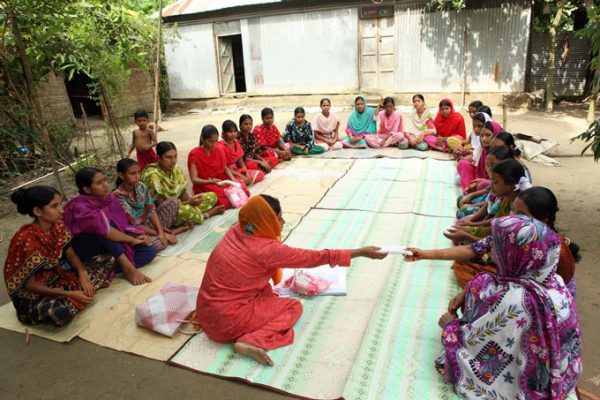Sabrina Shahidullah
March 29, 2015

Published by Sabrina Shahidullah at Mar 29 2015
Sutarkhali is located in Khulna, next to the mangrove forests of Sundarbans. Climate change in this southern region has seen cyclones with more damaging effects. The sea level is rising, and loss of land through erosion and saltwater intrusion makes it hard to find safe drinking water. There are 40 million people living in the coastal belt of Bangladesh who rely on natural water sources to sustain their livelihoods and daily needs.
January 8, 2015

Published by Sabrina Shahidullah at Jan 08 2015
“A study undertaken in Bangladesh revealed an 11 per cent increase in girls’ enrolment mainly due to the provision of sanitary toilets.” -Technical paper series/IRC, In Bangladesh the standard number of toilets in schools has been set as a minimum of one toilet for every 60 students. However, this is far from being achieved. The infographic below shows that on average, schools in Bangladesh have half the number of toilets required. However, although 94 per cent of schools have latrines within the compound, a large number remain unusable because they are dirty or broken.
August 4, 2013

Published by Sabrina Shahidullah at Aug 04 2013
One of the core strategies of the BRAC Water, Sanitation and Hygiene (WASH) Programme in Bangladesh is to put special emphasis on involving rural women in decision-making processes, alongside efforts to improve menstrual hygiene and access to water and sanitation.
March 4, 2013

Published by Sabrina Shahidullah at Mar 04 2013
“On average a woman is menstruating about 3,000 days of her life. "This opening sentence of the presentation by Maria Fernandez (WaterAid India) during the bi-annual practitioners learning and sharing workshop in Dhaka (2006) was a harsh confrontation with a hidden taboo for the 50 practitioners that were present. Ever since this rude wake up call, the BRAC WASH programme has fought the taboos around menstrual hygiene management as part of its WASH in schools activities, during meetings with adolescents girls in the communities, and through the production of low-cost sanitary napkins.

